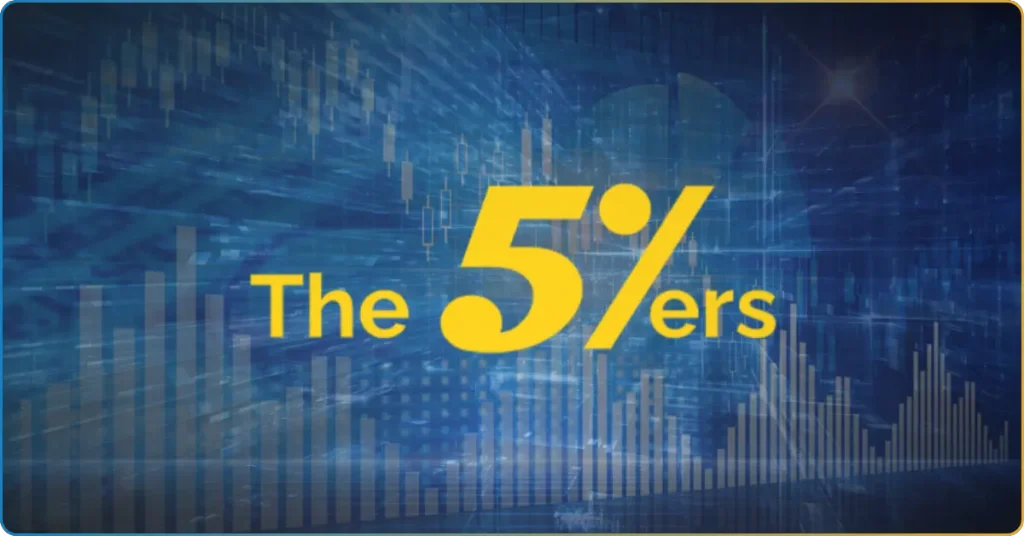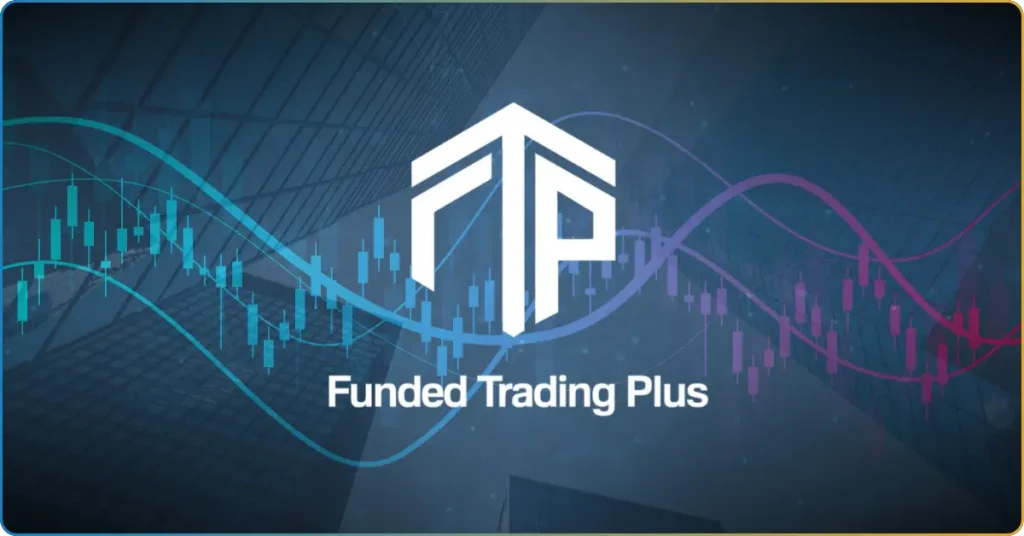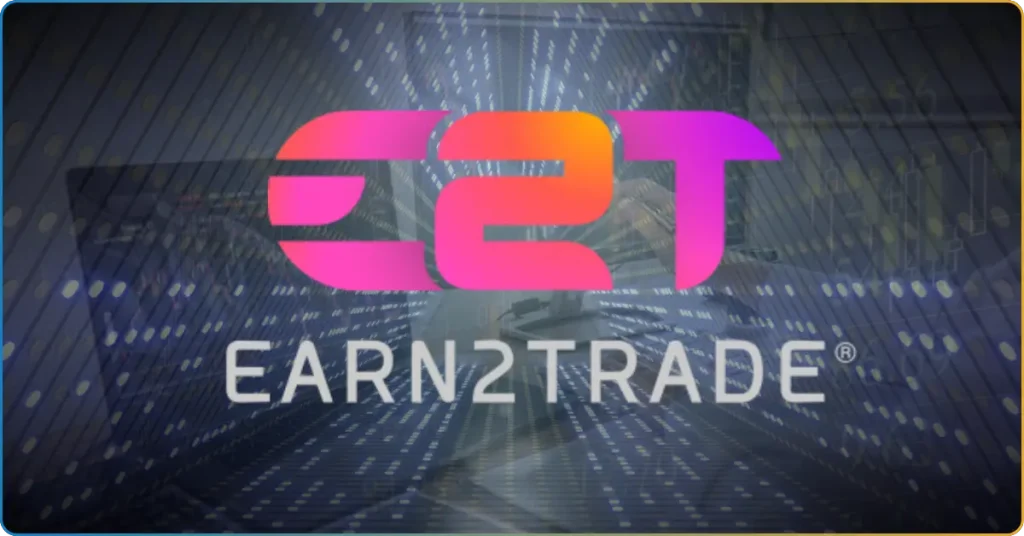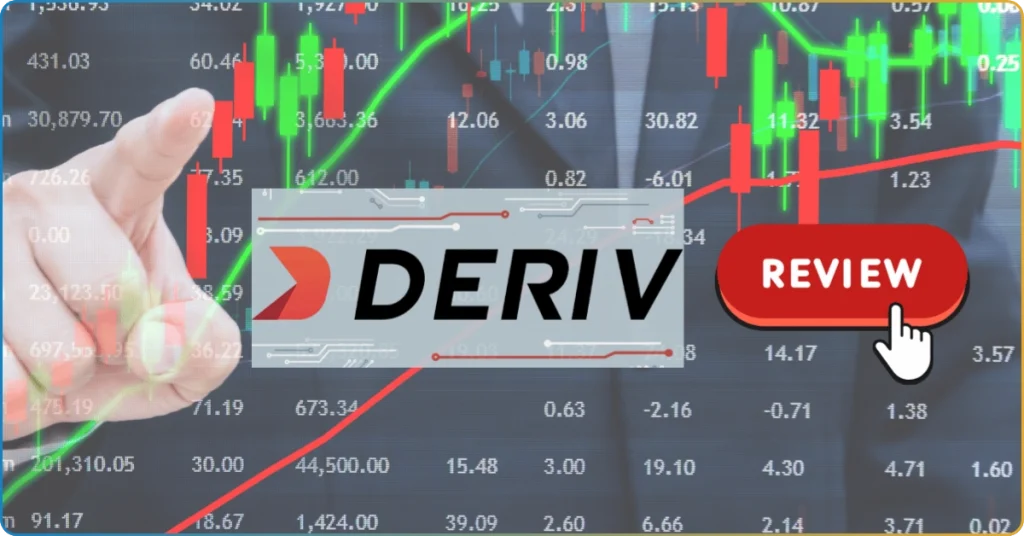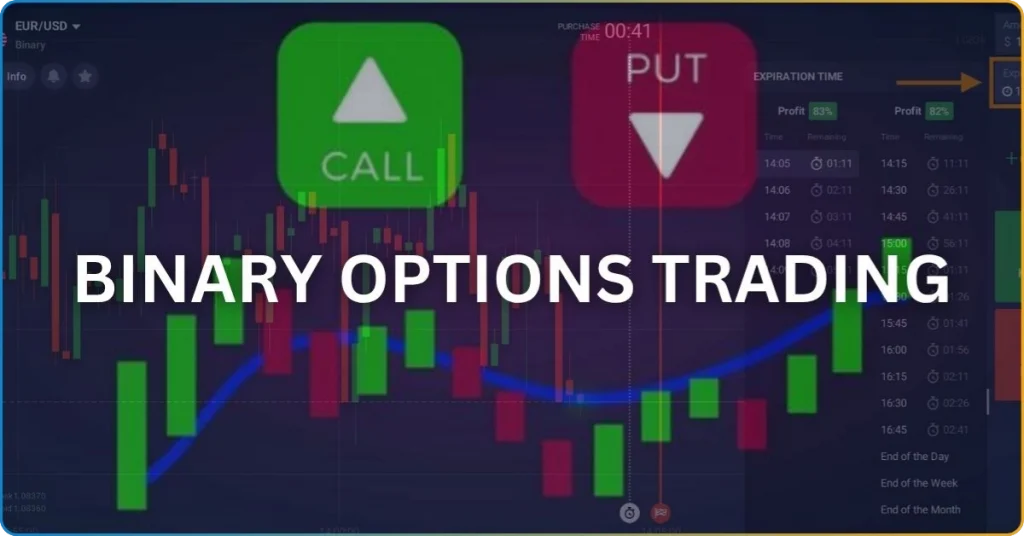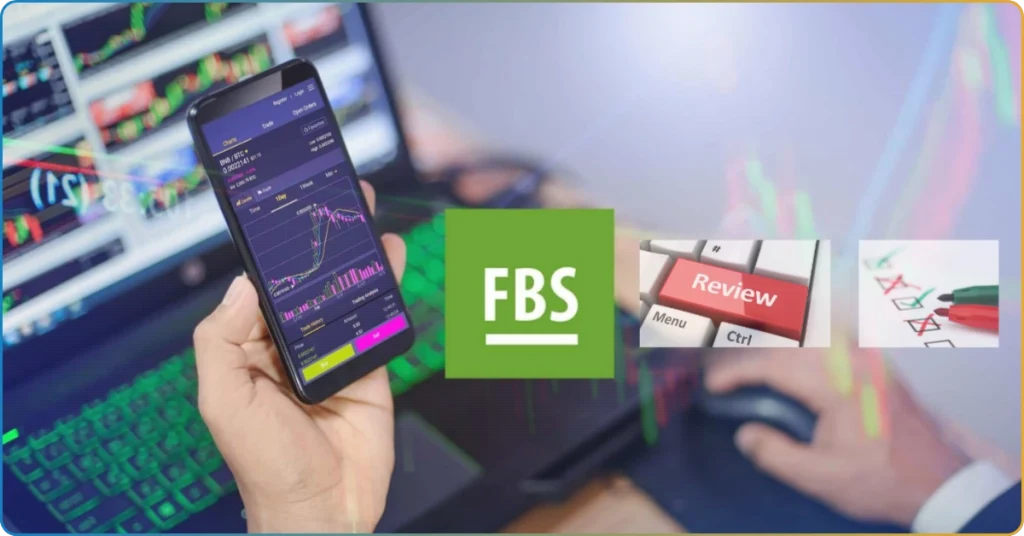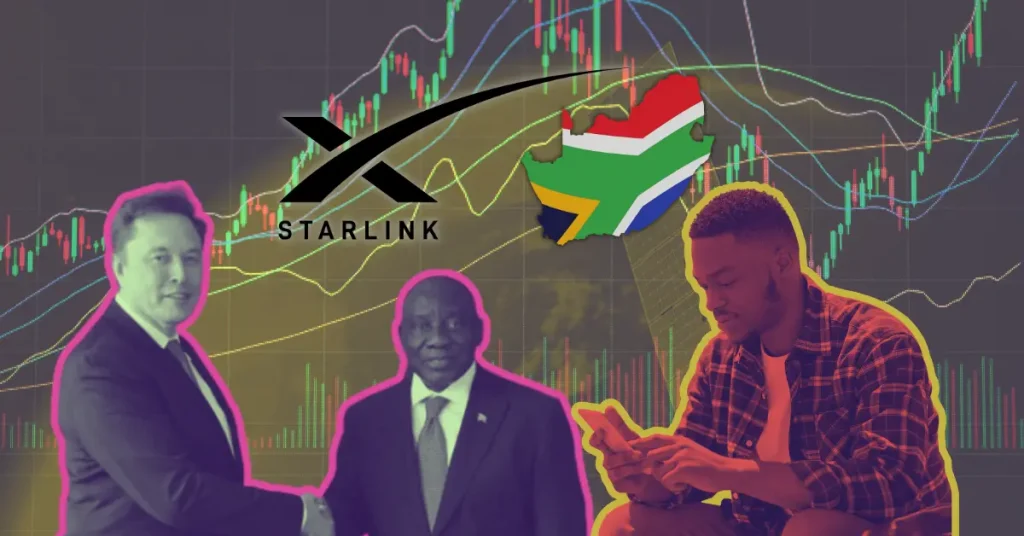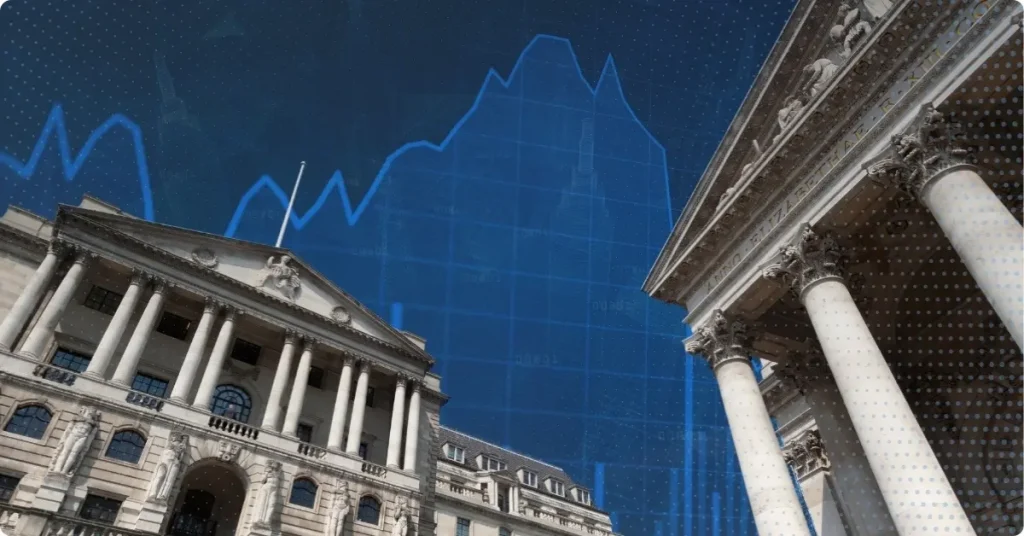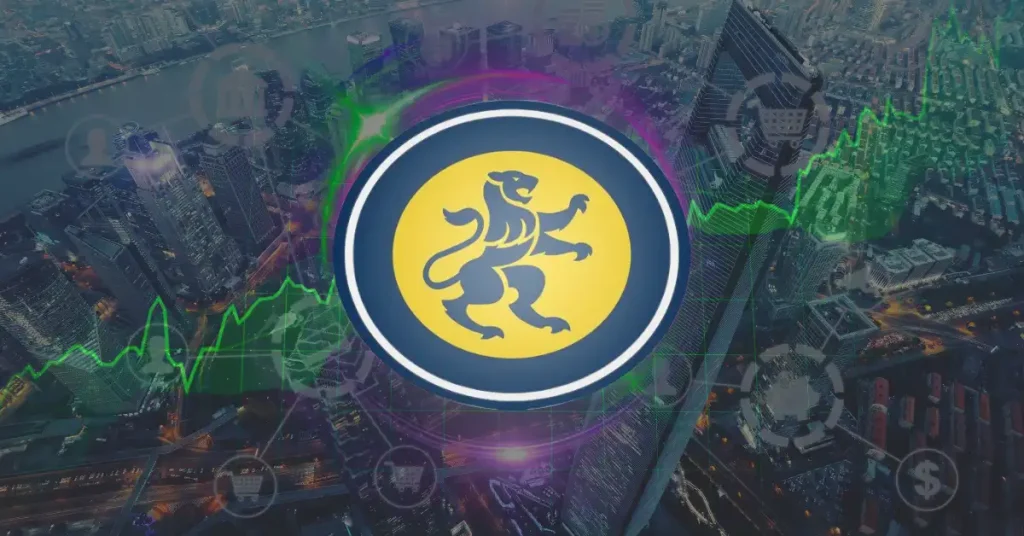Look for profitable trading advice on Google and watch yourself get swamped with advice like “buy low, sell high,” or “just time your entries and exits properly,” or, the worst one, “just monitor the chart.”
Don’t get me wrong—these are all valid pieces of advice. However, they are extremely vague as well.
So, how can you effectively monitor the chart, buy-low and sell-high, time enter/exit, or monitor the chart? One trading tool proven to provide profitable insights to traders is Head and Shoulders (H&S).
This chart provides a visual representation of the historical and prevailing market sentiments. Once spotted, it reveals the market’s potential turning points (market reversals).
In this TRU Insight, we’ll explore the nitty-gritty of the heads and shoulders pattern. Read on and learn its definition, formation, and the pros and cons of using it.
Table of Contents
ToggleQuick Overview of Chart Patterns and Their Importance in Trading
The major way to make a profit is to know which direction the price will move in and when it will trade in that direction.
It’s like asking you to look into the future—without tarot cards, time machine, or crystal ball. So, is it possible?
Yes, but you use trading indicators and chart patterns. Trading indicators are developed trading tools to automate several aspects of market analysis by setting up parameters like gathering historical data, trading volume, and open interest.
Meanwhile, chart patterns are the shapes that price actions form. These shapes or patterns form from a series of trendlines, trend channels, and curves. Once a chart pattern forms, you have a reference on the potential price movement based on how the price traded in the past.
You can distinguish these three chart patterns depending on the signal they provide. Here they are:
| Chart Pattern Type | Definition | Examples |
| Reversal Patterns | The market experiences a shift in market sentiment, from bullish to bearish or vice versa. | Head and Shoulders Double Tops and Bottoms Triple Tops and Bottoms Wedge Pattern |
| Continuation Patterns | The market exhausts its prevailing trend and enters a consolidation phase. It then breaks out from its pause and continues its prevailing trend. | Flags Pennants Cup and Handle Measured Move |
| Bilateral Patterns | The market is in equilibrium, meaning the price could move in either direction (upward or downward) | Ascending Triangle Descending Triangle Symmetrical Triangle Broadening Wedge |
Among the three patterns, reversal patterns are the widely monitored chart patterns in the financial markets, as they provide balance between profitability and safety.
What Is the Head and Shoulders Pattern?
The Head and Shoulders pattern is a reversal chart, indicating that the prevailing bullish trend is about to exhaust due to the intervention of sellers into the buying pressure.
As its name suggests, this pattern forms a chart that resembles a head and two patterns. This six-move pattern forms one highest peak and two lower peaks. In trading terms, this pattern forms as the market retests the support and resistance levels three times before completely reversing the trend and breaking out from the support level.
The market experienced three events during this market formation. Knowing this allows you to profit from the market by using this strategy.
1st Event – Extended Uptrend, Peak, and Subsequent Decline
The market experienced an extended uptrend that pushed its price to a new peak. This represents the first push of the head and shoulders pattern.
After the peak, the price will decline to form a new trough. This ultimately forms the first shoulder of the pattern.
2nd Event – Uptrend, Higher Peak, and Subsequent Decline
After hitting a trough, the bearish price reverses to bullish. It will trade beyond the previous peak, forming a new, higher one. This event rules that the second uptrend should push the price to trade higher than the previous uptrend.
This event forms the pattern’s head.
Once the new peak is reached, the price will reverse around the level of the first trough. This forms the initial neckline of the pattern.
3rd Event – Uptrend, Lower Peak, and Neckline Breakout
Like previous events, the price will hit the pattern’s neckline, causing it to bounce back up.
The price will peak lower than the previous peak. However, it should level around the first peak. This ultimately forms the second shoulder of the pattern.
When the bullish price hits the lower peak, it will reverse to bearish.
But this time, the price breaks out from the neckline to reverse the previous upward trend completely.
What Is the Inverse Head and Shoulders Pattern?
The Inverse Head and Shoulders pattern is the counterpart of the H&S pattern. Just imagine the head and shoulder pattern in an upside-down direction. That’s how the inverse head and shoulders pattern should look, as its name implies.
During this market formation, the buyer’s intervention disrupted the selling pressure that prevails in the market. This shifting market sentiment causes the six-move bearish to bullish pullbacks, ultimately reversing the trend to bullish once the pattern completely forms.
How to Trade the Head and Shoulders Pattern?
There are two approaches when trading the head and shoulders pattern—the conservative and aggressive way.
Aggressive H&S traders execute trades even during the formation of the pattern. They take advantage of the potential pullback areas to profit from their strategy.
On the other hand, conservative H&S traders wait until the pattern completely forms. The market lacks clarity on the reversal level during this pattern formation. They require confirmation before executing trades based on the pattern’s signal.
As conservative H&S traders balance profitability and safety, we’ll look at how you can effectively trade the head and patterns like conservatives do.
Step 1. Wait for a neckline breakout
Once the market forms the last shoulder, monitor if it pushes the price below the neckline. Never place your entry at the exact neckline level—it should be below it to ensure that the price is really moving beyond its neckline/support (if classic H&S) or inverse neckline/resistance (if inverse H&S).
Step 2. Place your entry point below the neckline
Once the price action breaks out from the pattern’s neckline, you can place a limit entry order below the current market price.
Typically, traders place their target profit around the same size as the highest peak from the neckline.
Your target profit should be at the same level as the pattern’s head (highest peak). You can identify this by measuring how many pips away the head was from the neckline. This target point strategy aligns with the Fibonacci retracement.
Step 3. Set your stop loss level
You must place a stop-loss order just above the second lower peak to ensure your account won’t incur rapid loss.
Why not just above the neckline? Well, placing a stop just above the right shoulder reduces the reward-to-risk ratio of the pattern despite having larger risks.









